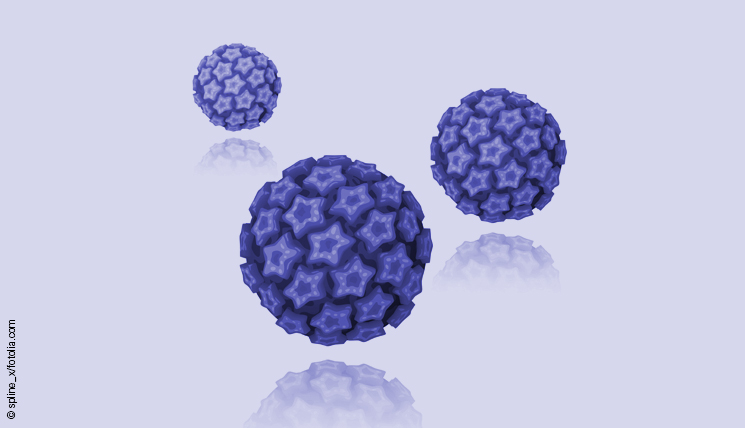Probably, the cytological examination for cancer screening, the so called Pap test is one of the most frequently performed medical check-up tests at the gyneacologist in many countries, because cervical cancer is one of the most prevalent cancers affecting women worldwide. It is caused by the human papillomaviruses (HPV) and since this discovery, new diagnostic and screening methods have been developed to prevent cervical cancer.
HPV are not the same
HPV exists in numerous different variants, so called HPV subtypes. About 30 of more than 100 described HPV subtypes are known to be involved in cellular alteration of genital tissue.
However, „only“ 18 HPV subtypes cause cervical cancer in women – they are called high-risk HPV. HPV subtypes of a second category, so called low-risk HPV, cannot cause malignant tissue alterations. They may be responsible for the formation of genital warts – unpleasant but not dangerous.
From HPV to tumour
HPV are mainly transmitted by sexual intercourse. Most people catch HPV during their lives but the infection occurs without any symptoms. Usually, the immune system is strong enough to fight the viruses. The carcinogenic effect of high-risk HPV generally arises only if persistent and multiple infections with more than one high-risk HPV are existent in a patient. When the virus attacks a human cell, its genetic material is integrated into the DNA of the cell. Viral proteins are then synthesized and may influence the natural cell cycle of the affected cell. If this cell starts to divide out of control, a tumour can grow within the tissue. Several months to decades may pass between the moment of infection and the onset of cervical cancer.
Proper screening is the best cervical cancer prevention
Regular medical check-ups help to diagnose an HPV infection early on. The Pap test is indicated for cervical cancer screening in many countries. During the test the gyneacologist looks for cellular alterations which might indicate tumour formation by microscopic examination of the cells from a cervical smear. The test, though, is considered to be prone to errors due to the visual interpretation at the microscope. However, since the cause of cervical cancer is known, new test systems are available. These tests may detect an HPV infection prior to cellular alterations and, moreover, require only a few epithelial cells from a cervical smear.
EUROIMMUN offers the EUROArray HPV – a molecular HPV test to detect an HPV infection and additionally differentiate between the 30 most important HPV subtypes. This HPV subtyping enables the gyneacologist to assess the individual cervical cancer risk for each patient and to perform accordant monitoring and treatment of the woman to prevent cervical cancer formation.
HPV and men
Men have little to fear from a HPV infection. In the worst case, even infections with high-risk HPV may only cause genital warts, especially when the immune system is already weakend. A causal connection between HPV and the very rare genital cancers in men could not yet be demonstrated sufficiently.
